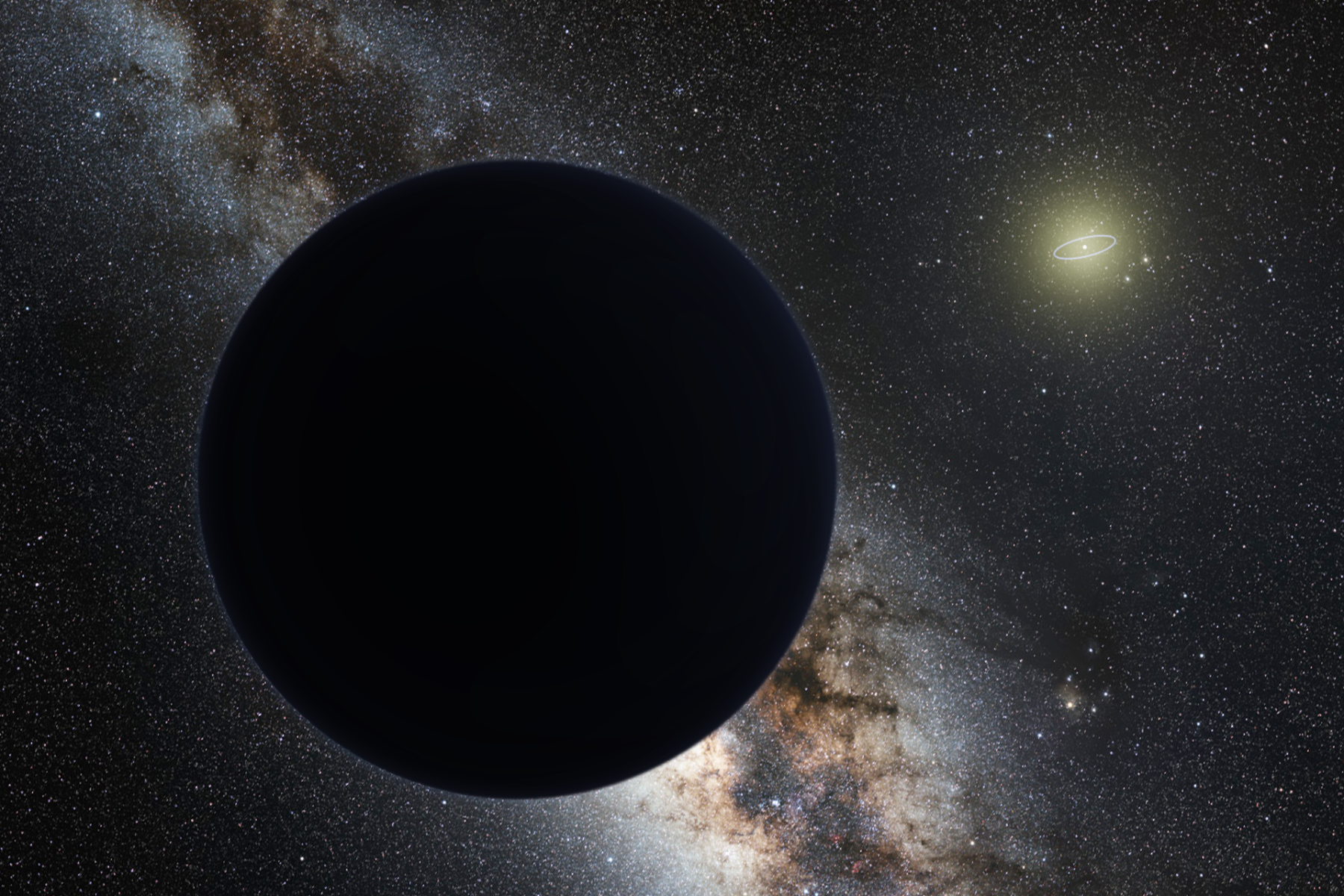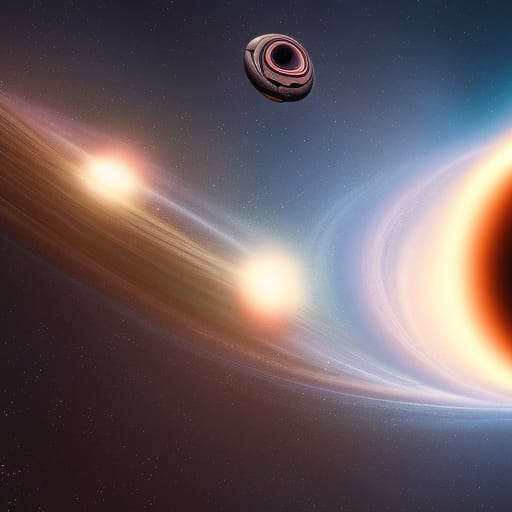Planet Nine Potentially Unprecedented Energy Source
Something big and invisible is disrupting the orbit of the outer planets. Yet we still haven’t managed to discover Planet Nine. This may mean that no light can escape from this object.
Contents
Mysterious anomalies in the orbit point to a new planet
The discoveries of the outer planets happened because we found disturbances in their orbits. The planet Uranus was indeed discovered by chance, at least in the west (the Dogon in Mali and the Polynesians already knew this planet, which you can just see with the naked eye on a clear, moonless night).
But the planet Neptune was predicted because Uranus’s orbit showed curious anomalies. Indeed, Neptune’s gravitational field could largely explain these anomalies. But not quite, and the search continues. Because the orbit of Neptune, and of distant ice dwarfs such as Pluto, Eris and Sedna, has also been disturbed by something. But by what?
Unfindable super-Earth or ice giant
Calculations indicate that it must be an object with about 5-7 Earth masses, which is between 200 and 400 times the distance between the Sun and the Earth, from the Sun. That is not even that much further than Pluto and Sedna, for example. This makes it all very puzzling. After all, we discovered Pluto a century ago, and it is a dwarf planet smaller than the moon. So an object several times the size of the Earth, or an icy giant like Neptune, would have been observed long ago with today’s telescopes.

There are basically two possibilities. The first possibility is that the object is sooty black and absorbs all sunlight. Then it is invisible from a great distance. This is not completely impossible. Such objects exist, such as comet nuclei. But then this would immediately be the darkest object in the solar system by a distance.
A black hole the size of a ping pong ball
The second possibility is that “Planet Nine” is very small and dense, so we cannot see it. The only object of a few Earth masses with such an extreme density that would not immediately explode is a black hole. Astronomers Jakub Scholtz and James Unwin think this is one possible explanation why we still haven’t seen Planet Nine.
That would make “Planet Nine” the first smaller black hole we know of and also the closest black hole. Scholz and Unwin propose to discover this by studying the influence of the black hole on the surrounding dark matter. This would react massively with itself and then emit high-energy X-rays and gamma rays. Can we find such a source? Then this could be Planet Nine.
There is a simple mathematical relationship between the mass of a black hole and the cross-section of the event horizon. A black hole twice as massive has a diameter twice as large. Suppose the earth turns into a black hole, then this becomes a marble with a diameter of 9 mm. If you put six Earth masses in the black hole, the expected size of Planet Nine, the diameter will be 0.9 x 6 = 5.4 centimeters. About a large ping pong or golf ball. Much too small to observe directly from Earth. That would explain why we never saw “Planet Nine”.

Generating energy with “Planet Nine”
You could use such a compact black hole as a power plant. That’s right. Close to the event horizon, the escape velocity is about the speed of light. That means that anything that falls into a black hole will have a speed approaching the speed of light. It becomes white-hot due to the continuous collisions and emits very high-energy radiation, which you can capture and use.
Suppose you surround this mini-black hole with some kind of solar panels and constantly feed it with things you don’t want to remember. Nuclear waste, or gifts from your mother-in-law, for example, can convert a few percent of the mass into pure energy. You probably remember Einstein’s formula. E=mc squared.
Because the speed of light (c in the formula) is very large, even a few percent of the mass is an enormous amount of energy. You could cover all of humanity’s energy needs with a truck full of waste per year. Eat that, Putin.
But hopefully we resist the temptation to send this nifty black hole toward Earth. Because no matter how small it is, it still has six Earth masses of mass in it. So it disrupts the orbits of the planets enormously and then we really have a problem.


